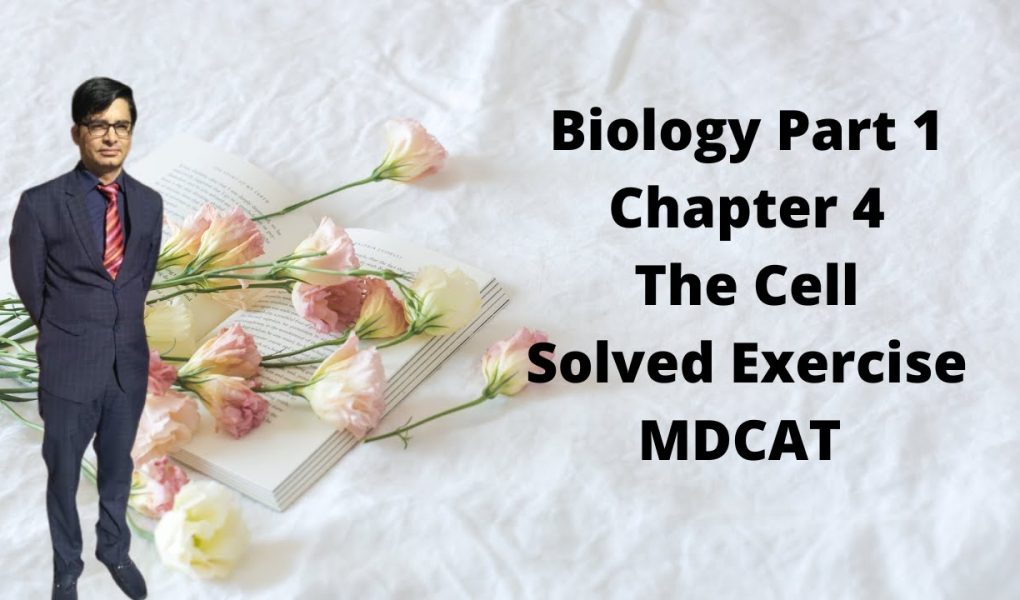The cell can be defined as the structural and functional unit of life. It is the smallest unit that can carry out all activities of life. Cells are building blocks of complex multicellular organisms.
EMERGENCE AND IMPLICATION OF CELL THEORY
Study of cell (cell biology) began with the discovery of cell by Robert Hooke (1665), who reported his work in his famous publication Micrographia. He prepared and studied thin sections of cork (of dead plant material) under his self-made compound microscope.
He observed that the cork is composed of minute honey comb like compartments which he termed as Cells (Fig.4.1). According to Hooke, cell is an empty space bounded by thick walls. Very little information was added to this idea in the following century. The work again started in the beginning of 19th century.
Lorenz Oken (1805) a German scientist , believed that “all living beings originate from or consist of vesicles or
cells”. Jean Baptist de-Lamarck (1809) expressed similar
idea and said “no body can have life if its constituent
parts are not cellular tissue or are not formed by
cellular tissue”.
In 1831 Robert Brown reported the presence of nucleus
in the cell. Due to this discovery Hooke’s idea about
the cell as an empty space was changed. It was later
established that cell is not an empty space. A German
zoologist Theodor Schwann (1839) and a German
botanist Schleiden (1838), working independently,
came out with a theory called the Cell Theory.
They found that the cell consisted of 3 basic parts, viz
nucleus, the fluid (cytoplasm) surrounding the nucleus, and an outer thin covering or membrane (plasma membrane). The cell wall, they said, was an additional structure, present only in plant
cell. Keeping in view this definition of cell, the cells could be observed in plant as well as in animal; according to cell theory, all living organisms are composed of cells and cell products.
The cell theory is one of the most fundamental generalizations in Biology. It has wide ranging effectin all fields of biological sciences. After the cell theory was presented, many details of cell were
studied, as a result of which the cell theory was extended.
Rudolph Virchow (1855), a German physician, hypothesized that new cells were formed only by the division of previously existing living cells (to put it in Virchow’s words : “omnis cellula e cellula”). It was contrary to the idea of “abiogenesis” (living things arise spontaneously from nonliving things), one of the prevailing but controversial ideas about origin of life, at that time. Louis Pasteur (1862), one of the greatest scientists of all times, supplied experimental proof for Virchow’s hypothesis by demonstrating that microorganisms (bacteria) could be formed only from existing
bacteria. Original cell theory and Virchow’s hypothesis gave us the basis for working definition of living things: living things are chemical organizations composed of cells and capable of reproducing
themselves’. August Weismann (1880) said ‘all presently living cells have a common origin because they have basic similarities in structure and molecules etc. It was shown that there are fundamental
similarities in the chemical composition, metabolic activities and structure, although they differ in many respects. Cells are basically similar but extraordinarily versatile. Cell is not only the structural
but also the functional unit of living organisms. So cell theory is a very important unifying concept
The salient features of Cell Theory in its present form are:
(1) All organisms are composed of one or more cells.
(2) All cells arise from pre-existing cells.
(3) Cell is the basic structural as well as functional unit for all organisms.
Cell as a unit of structure and function
A cell is a unit of structure and function in living organisms. In multicellular organisms there is a
division of labour among cells. Diferent cells are specialized for diferent functions. The function
of the organism as a whole is the result of the sum of activities and interactions of diferent cells
and of diferent components of the cell. In animals e.g., muscle cells contract and relax, nerve
cells transmit impulses, gland cells secrete, red blood cells carry oxygen and some stomach cells
secrete gastric juice. Similarly in plants xylem cells conduct water and mineral salts from soil to
the aerial parts of the plant. Phloem cells translocate food, sclerenchymatous cells give support to
the plants, chlorenchymatous cells carry out photosynthesis, parenchymatous cells store surplus
food and meristematic cells produce new cells for growth and development of the plant. As they
perform diferent functions they show great variation in shape and size. Despite the structural and
functional diversity, the plant cells as well as animal cells have a common plan of organization.
source
Chapter 4 The Cell Biology Part 1 Textbook (Never Use Guide Books)



